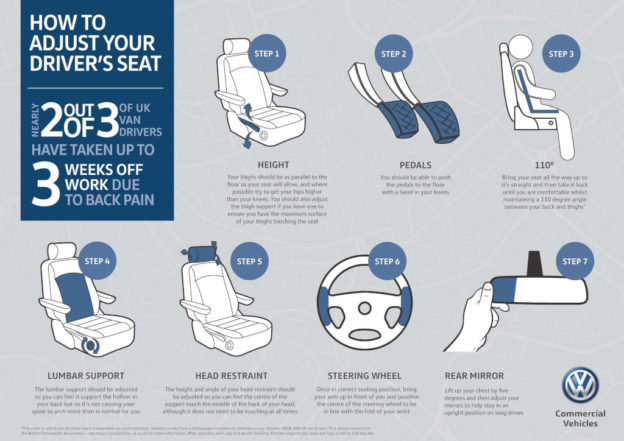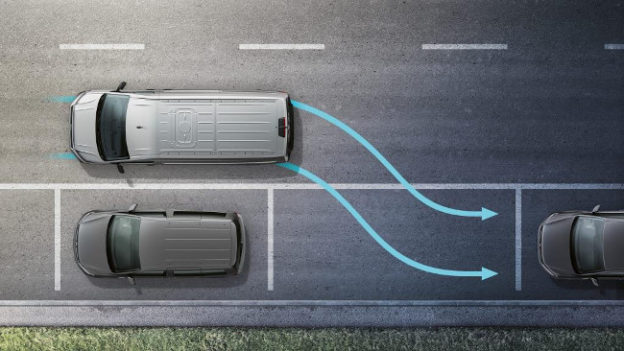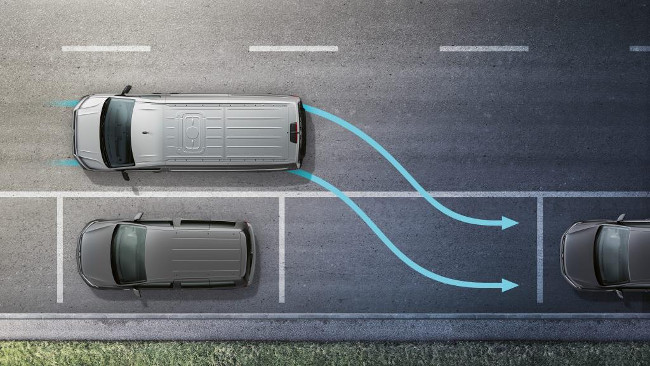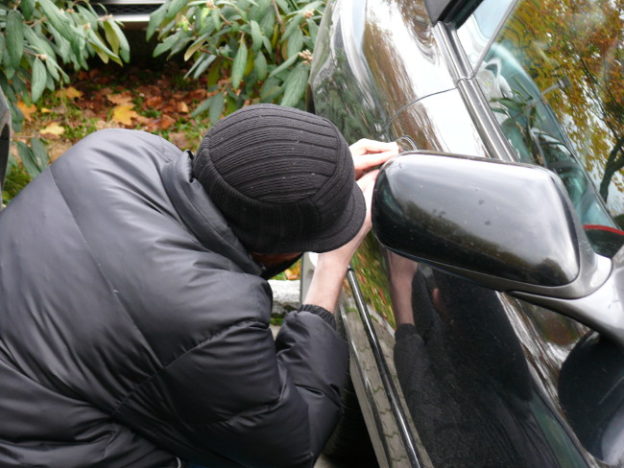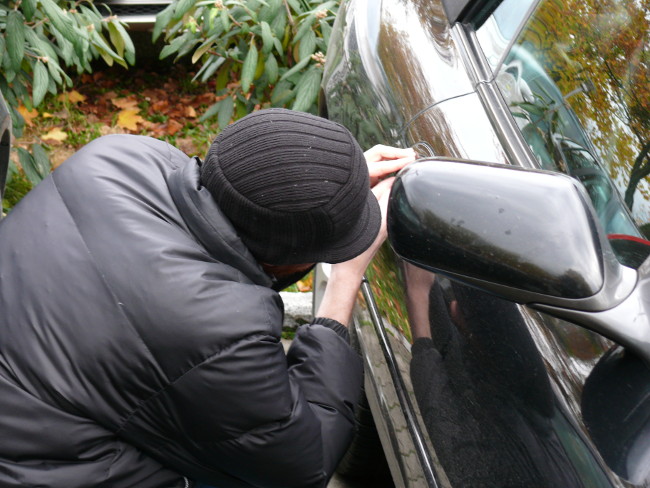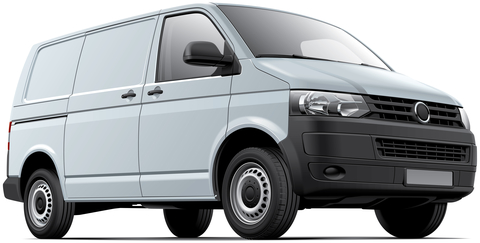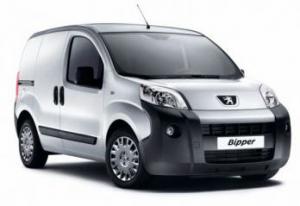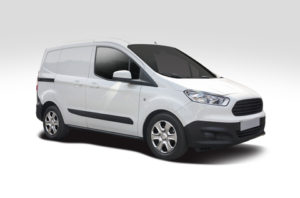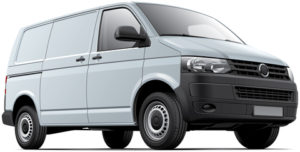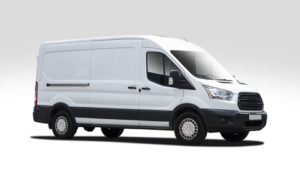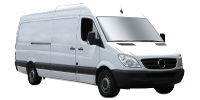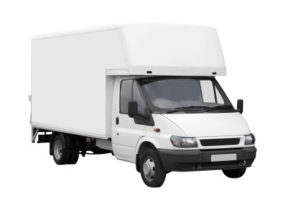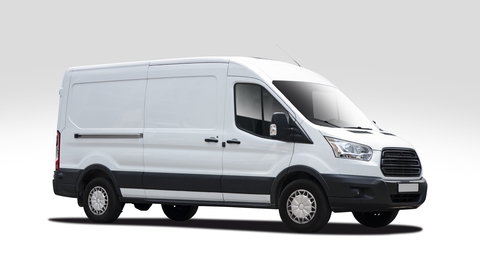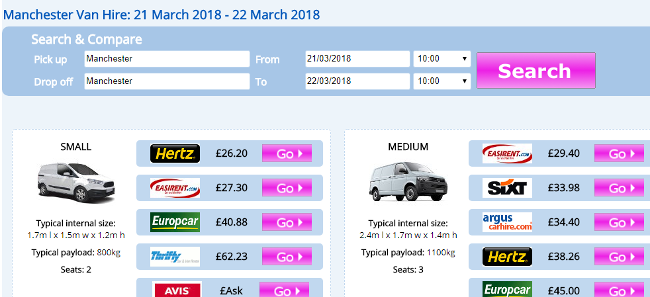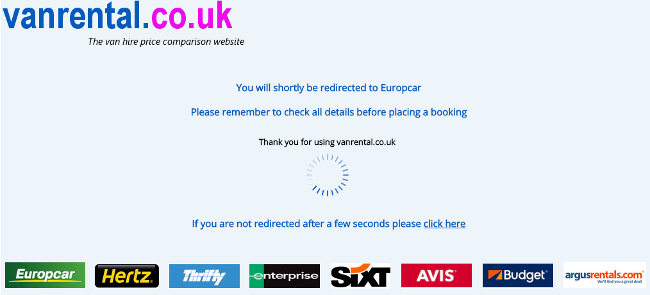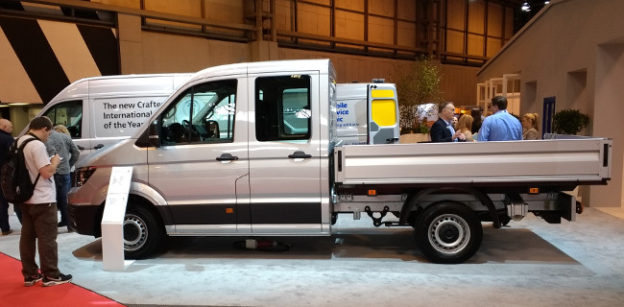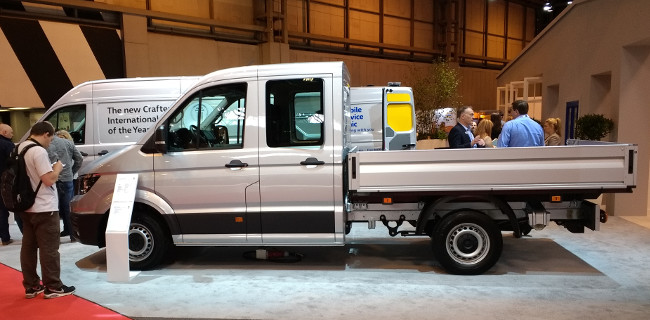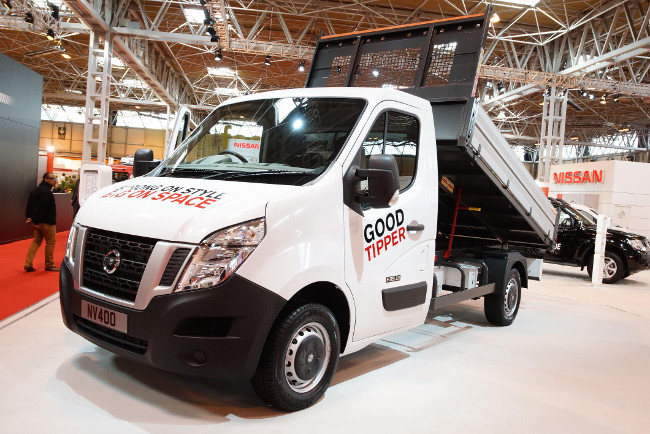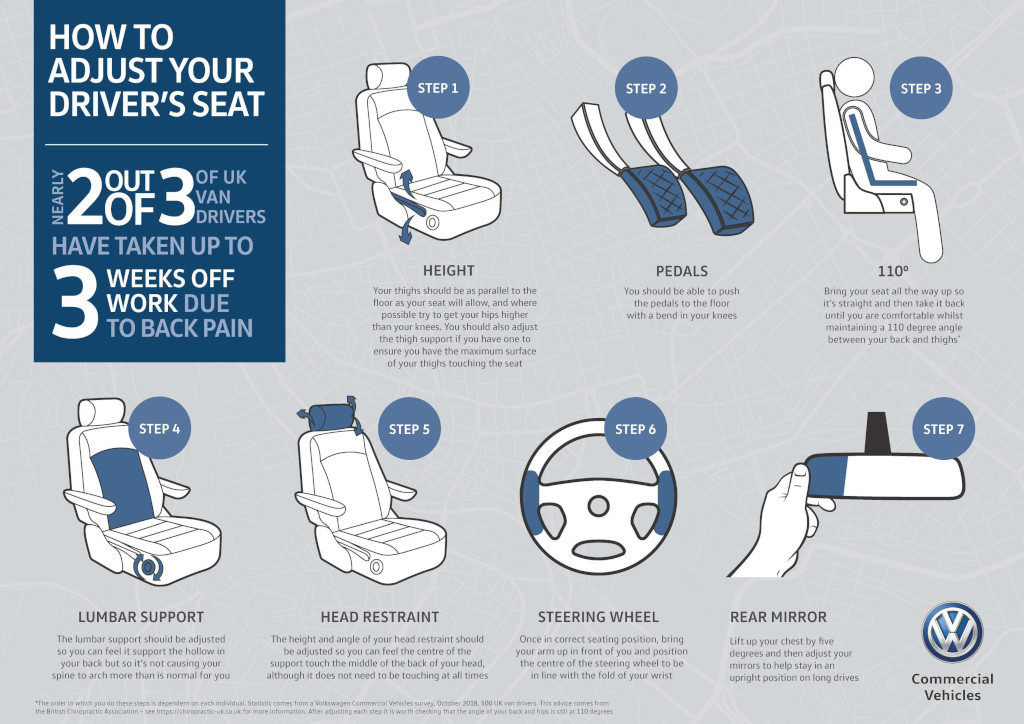
According to Prab Chandhok, chiropractor and member of, British Chiropractic Association, “Many people now point to driving as a trigger for their back or neck pain”.
Here at vanrental.co.uk, we don’t think that modern vans are likely to give you a bad back. But there’s no doubt that long periods at the wheel can aggravate an existing problem and possibly make it worse.
The good news is that modern vans are more comfortable and ergonomic than ever. Van manufacturers are going to increasing pains to ensure that there vans are at least as comfy as their cars. After all, many van drivers spend far longer at the wheel than the average car driver.
For drivers, we believe that the key to a healthy, pain-free back is to make sure that your seat is adjusted properly so that you’re in a supportive and stress-free position when you’re driving. Van manufacturer Volkswagen has put together some tips to help you get comfy behind the wheel:
- Height: Your thighs should be as parallel to the floor as your seat will allow, and where possible try to get your hips higher than your knees. You should also adjust the thigh support if you have one to ensure you have the maximum surface of your thighs touching the seat.
- Pedals: You should be able to push the pedals to the floor with a bend in your knees.
- 110°: Bring your seat all the way up so it’s straight and then take it back until you are comfortable whilst maintaining a 110 degree angle between your back and thighs.
- Lumbar Support: The lumbar support should be adjusted so you can feel it support the hollow in your back but so it’s not causing your spine to arch more than is normal for you.
- Head Restraint: The height and angle of your head restraint should be adjusted so you can feel the centre of the support touch the middle of the back of your head, although it does not need to be touching at all times
- Steering Wheel: Once in correct seating position, bring your arm up in front of you and position the centre of the steering wheel to be in line with the fold of your wrist.
- Rear Mirror: Lift up your chest by five degrees and then adjust your mirrors to help stay in an upright position on long drives.
If this all sounds complicated, here’s how you should look when everything’s adjusted right:
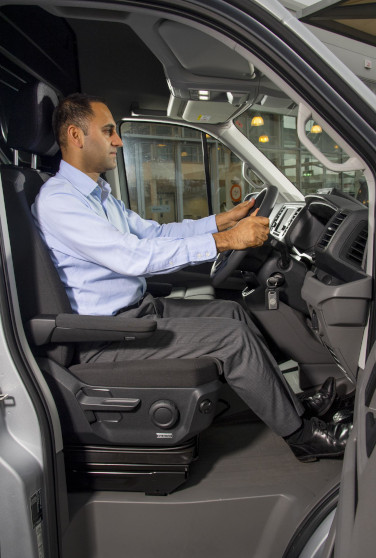
And if you have any tips for avoiding back pain, please share in the comments below to help your fellow van drivers stay pain free.

